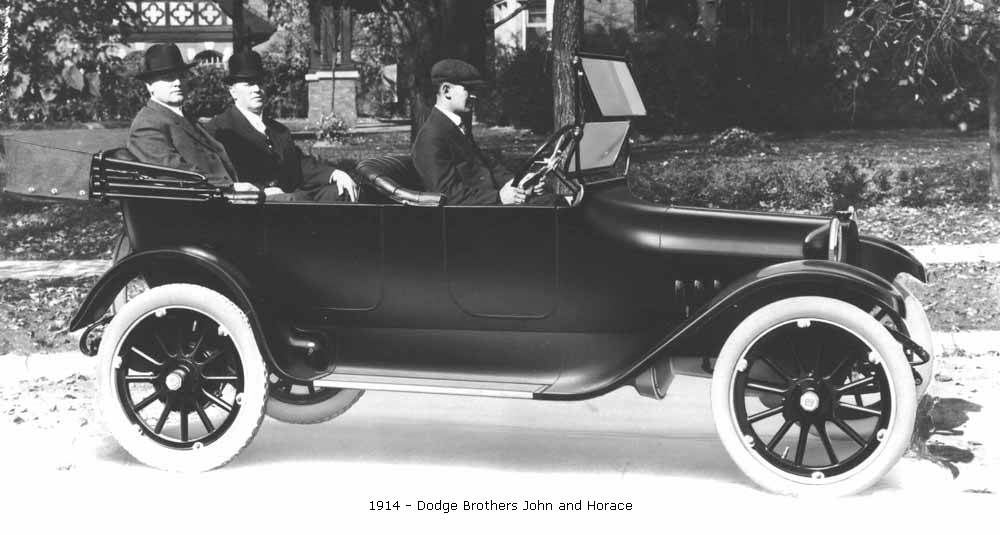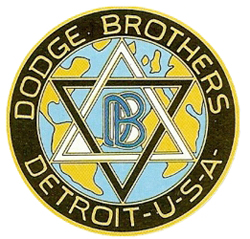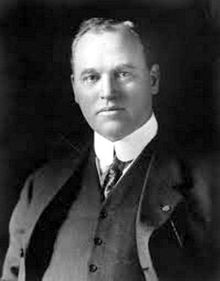|
Dodge cars continued to rank second place in American sales in 1920. However, the same year, tragedy struck as John Dodge was felled by pneumonia in January. His brother Horace then died of cirrhosis in
December of the same year. With the loss of both founders, the Dodge Brothers Company passed into the hands of the brothers' widows, who promoted long-time employee Frederick Haynes to the company presidency. During this time,
the Model 30 was evolved to become the new Series 116. However, throughout the 1920s Dodge gradually lost its ranking as the third best-selling automobile manufacturer, slipping down to 7th in the U.S. market.
Dodge
Brothers emerged as a leading builder of light trucks. They also entered into an agreement whereby they marketed trucks built by Graham Brothers of Evansville, Indiana. The three Graham brothers would later produce Graham-Paige
and Graham automobiles. Stagnation in development was becoming apparent, however, and the public responded by dropping Dodge Brothers to fifth place in the industry by 1925. That year, the Dodge Brothers company was sold by the
widows to the well-known investment group Dillon, Read & Co. for $146 million.
Dillon, Read & Co. offered non-voting stock on the market in the new Dodge Brothers, Inc., firm, and along with the sale of bonds was
able to raise $160 million, reaping a $14 million (net) profit. All voting stock was retained by Dillon, Read. Frederick Haynes remained as company head until E.G. Wilmer was named board chairman in November, 1926. Wilmer was a
banker with no auto experience and Haynes remained as president. Changes to the car, save for superficial things like trim levels and colors, remained minimal until 1927, when the new Senior six-cylinder line was introduced.
The former four-cylinder line was kept on, but renamed the Fast Four line until it was dropped in favor of two lighter six-cylinder models for 1928.
On October 1, 1925, Dodge Brothers, Inc., acquired a 51% interest in
Graham Brothers, Inc., for $13 million and the remaining 49% on May 1, 1926. The three Graham brothers, Robert, Joseph and Ray, assumed management positions in Dodge Brothers before departing early in 1927.
Despite all
this, Dodge Brothers' sales had already dropped to seventh place in the industry by 1927, and Dillon, Read began looking for someone to take over the company on a more permanent basis. Eventually Dodge was sold to Chrysler
Corporation in 1928.
Star Logo: The original Dodge was a circle, with two interlocking triangles forming a six-pointed star in the middle; an interlocked "DB" was at the center of the star, and the words "Dodge
Brothers Motor Vehicles" encircled the outside edge. Although similar to the Star of David, the Dodge brothers were not Jewish. Although the "Brothers" was dropped from the name for trucks in 1929 and cars in
1930, the DB star remained in the cars until the 1939 models were introduced.
|



